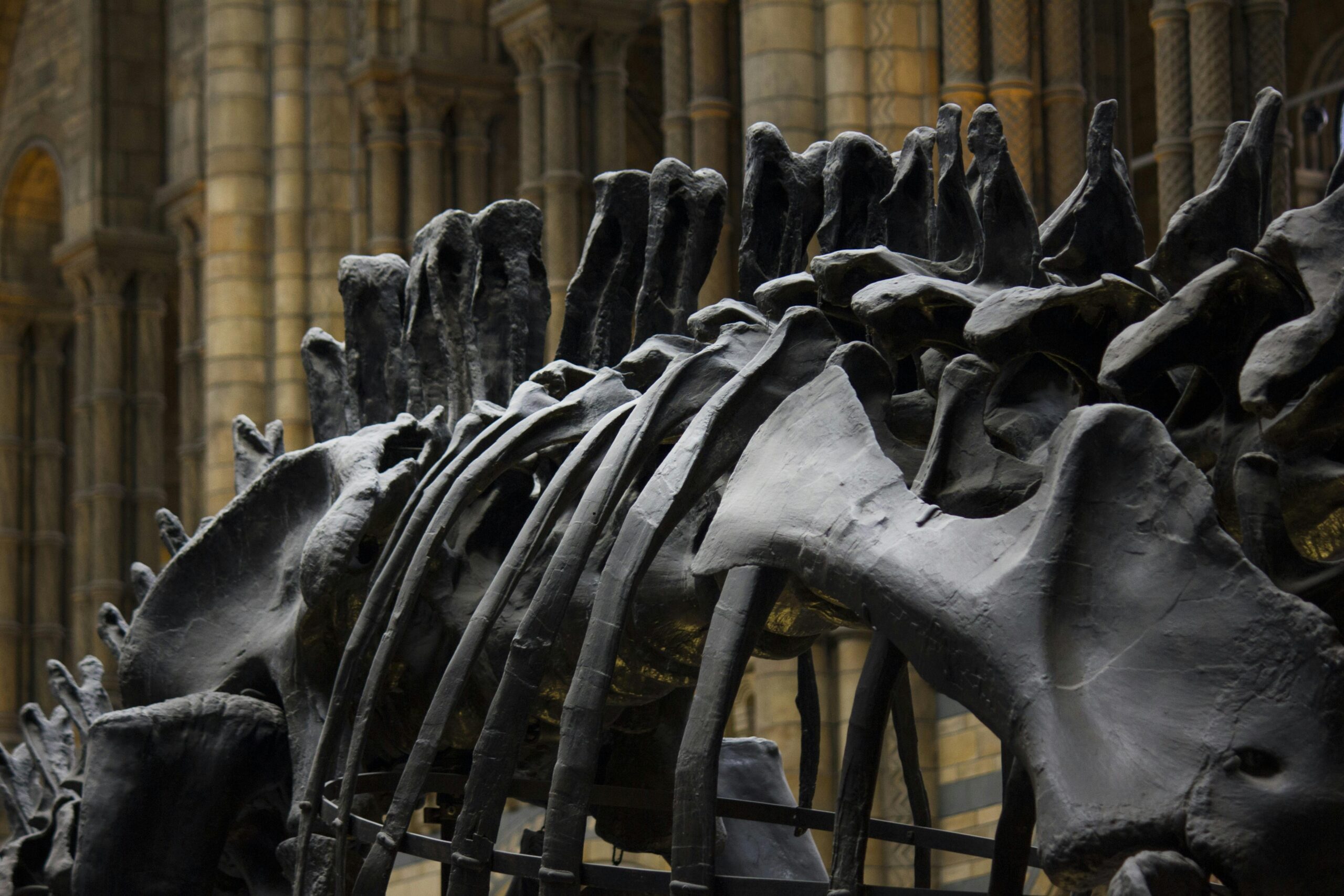By: Megan Wei
According to new research, the largest Tyrannosaurus rex (T.rex) might have been far larger than previously believed. There’s no denying that Tyrannosaurus rex was one of the biggest and baddest dinosaurs to ever walk the planet. But exactly how big could this ferocious dinosaur get? In a new investigation, scientists attempt to discover the truth about its size.
On July 24, 2024, scientists conducted a study using advanced computer modeling to analyze the T. rex. They found that this colossal dinosaur could have weighed up to 15 tonnes and stretched approximately 15 meters long. This estimate reveals a significant increase—70% more in weight and 25% more in length—compared to Scotty, the nickname for the Tyrannosaurus rex fossil, cataloged as RSM P2523.8, which had been referred to as the largest T.rex in the world. Scotty measured to be approximately 43 feet (13 meters) long and weighed an estimated 8.8 tonnes (8,800 kg). This new finding sheds light on the true size of the most legendary predator from the late Cretaceous period.
In a pioneering study published in the journal “Ecology and Evolution” researchers have leveraged cutting-edge computer modeling to analyze the population dynamics of Tyrannosaurus rex, rather than relying solely on fossil evidence. This innovative approach takes into account crucial factors such as population size, growth rate, and lifespan, while also addressing the limitations of incomplete fossil records.
The T.rex model draws on comparative data from living alligators, selected for their significant size and close evolutionary relationship with dinosaurs. The findings from this study suggest that the largest T. rex fossils may still be undiscovered, potentially reshaping our understanding of these formidable prehistoric giants.
Dr. Jordan Mallon from the Canadian Museum of Nature in Ottawa has contributed to a new study that challenges existing beliefs about the size of large fossil animals like Tyrannosaurus rex. According to Mallon, the research suggests that the fossil record may not provide a complete picture of the maximum sizes these creatures could have reached. “It’s intriguing to consider a 15-tonne T. rex,” Mallon said, “but the implications extend beyond just the size, affecting our understanding of their biomechanics and ecology.”
Dr. David Hone from Queen Mary University of London also highlighted that this issue is not limited to the T. rex, but is relevant to all dinosaur research. “While the T. rex is central to our study, the implications are broader,” Hone explained. “The potential for even larger individuals than currently documented suggests that this gap in our knowledge spans many dinosaur species and other fossil animals.”
This research underscores the need for a reassessment of how we interpret fossil evidence, prompting scientists to consider new methods and perspectives in paleontology.











